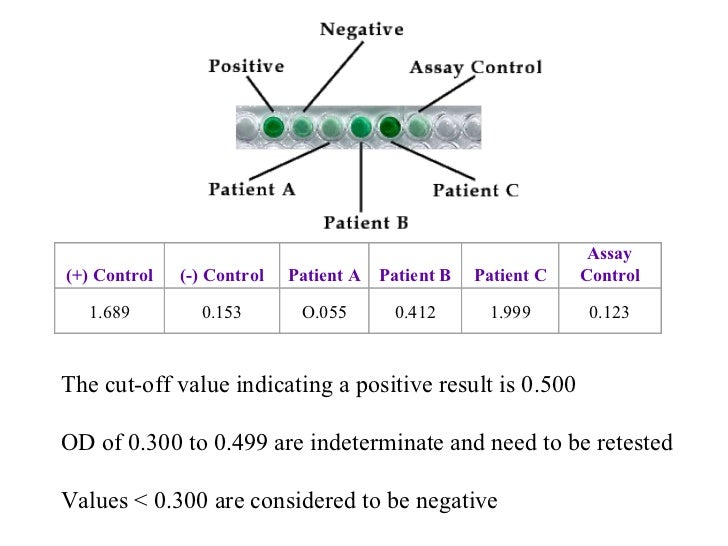

And so, for instance, using something like a sugar pill would be an example of using a placebo, something that is a fake pill and is not supposed to do anything. Now the negative control group would be something where we have expectations that it will not react. We might want to include a negative control group and a positive control group. Now, if we are testing this experimental pill, that's brand new on how well it's drug effectiveness is on healing this toe injury. So if we take a look at this image down below, what we have is an example of an experiment where they're testing this brand new experimental pill to see its drug effectiveness on the toe injury here. Now the purpose of using a positive control would be to prevent false negatives. And this would be, for example, using something like a brand name pill that has been proven to work successfully in the past.

So it's supposed to react positively to the test, and that's why it's called the Positive Control. Now the positive control, on the other hand, by definition, as its name implies, is going to be the control group where a response is expected. Now the purpose of using a negative control would be to prevent false positives, which we defined what false positives are in our last lesson video. It shouldn't help with healing any kind of injury.

And so, for example, this would be like using something like a placebo, which is like, Ah, fake pill that's not supposed to do anything at all like a sugar pill, for instance. And that's why it's called the Negative Control. And so it's expected to react negatively to the test. By definition, it's gonna be the control group where no response is expected. Now, the negative control, as its name implies with the negative here. And so, in the first column here, what we have is the control type, which once again are gonna be the negative control and the positive control. In this little table here, we're going to distinguish between the two types of control the negative control and the positive control. And so, ideally, these control groups are on Lee going to differ from the experimental group in the one factor that's being tested. And so really, there are two main types of controls that air used in experiments once again, the negative control and the positive control. In this video, we're going to talk about how scientists avoid or prevent false positives and false negatives in their experiments by using negative and positive controls.


 0 kommentar(er)
0 kommentar(er)
